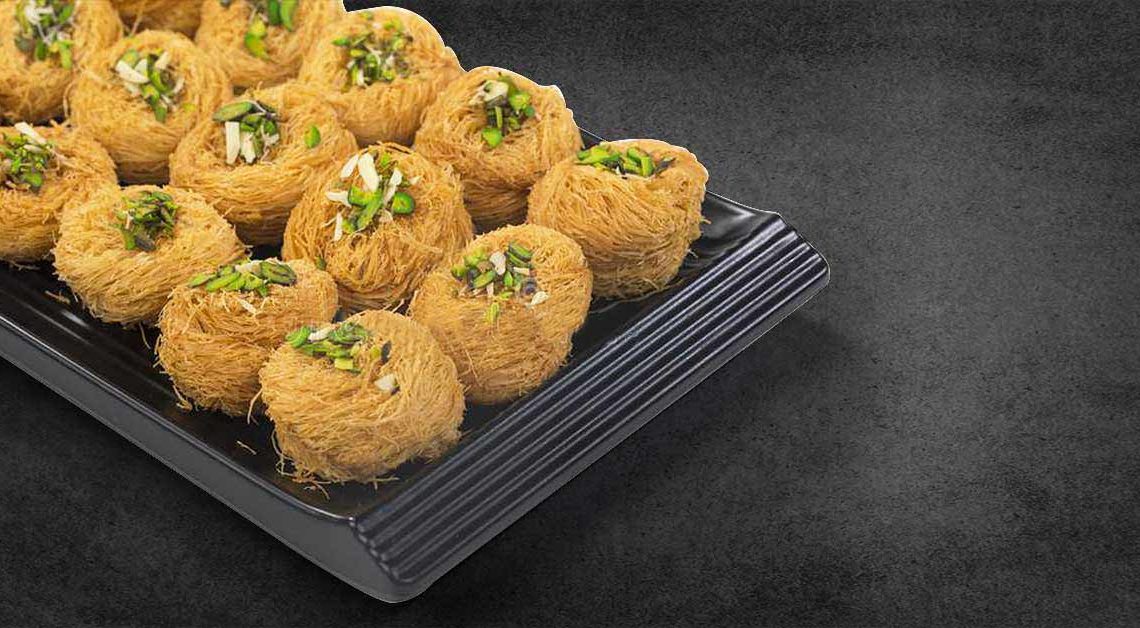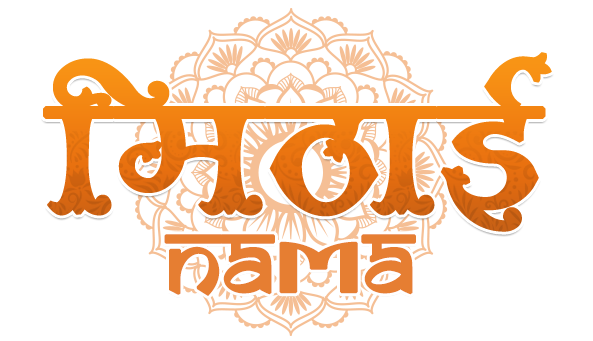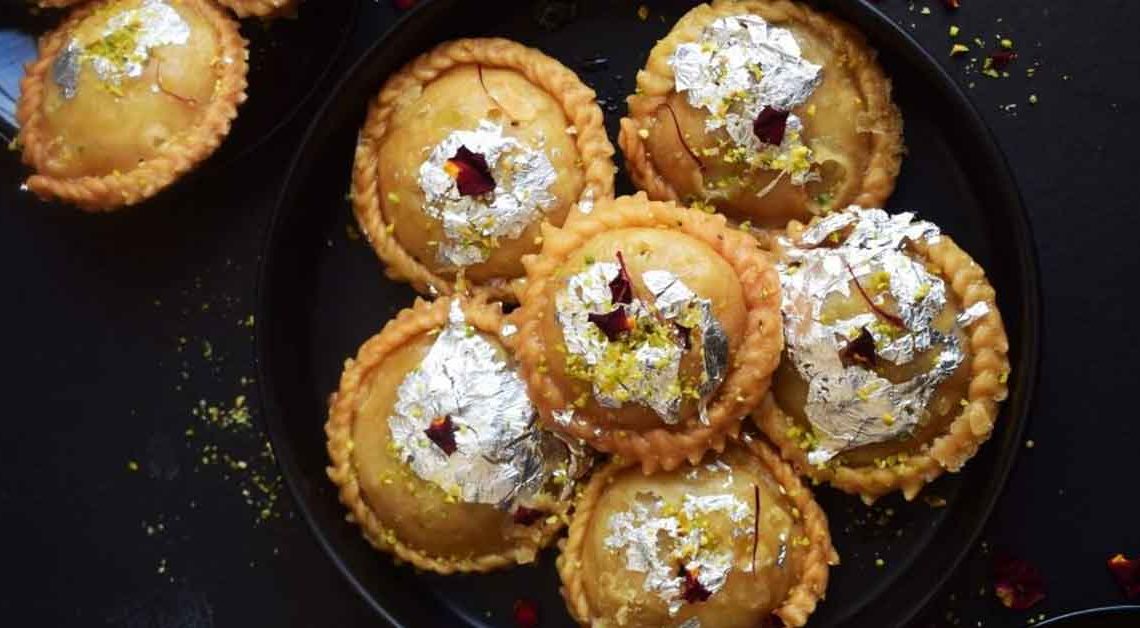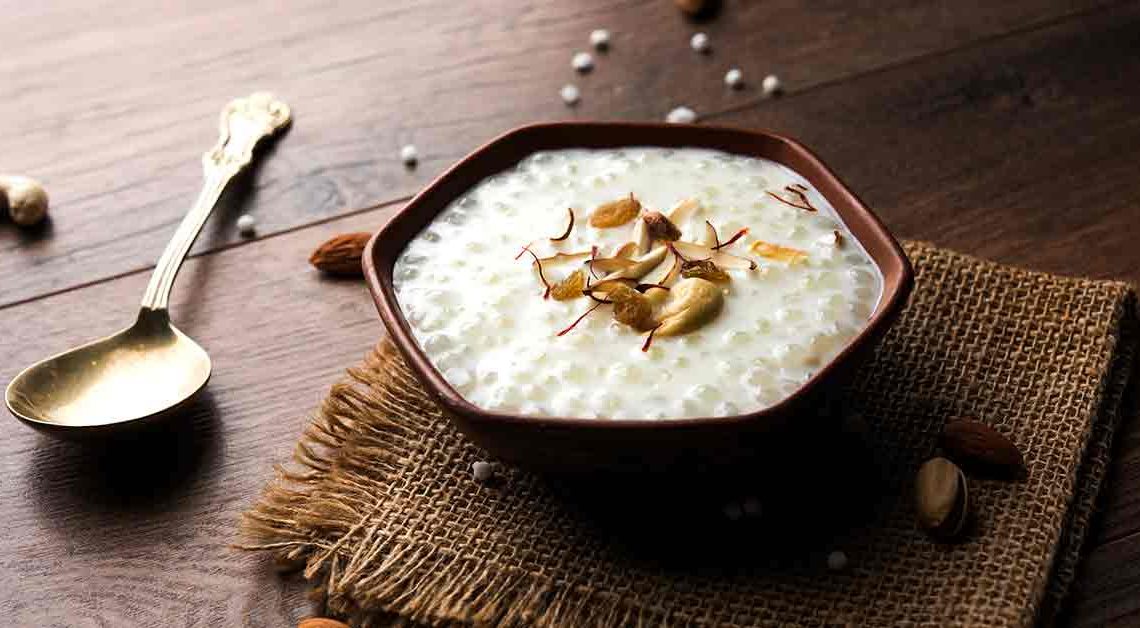Pheni: The delicate art of Delicacy

Pheni, a traditional Indian sweet dish, is not just a dessert but a cultural phenomenon. This delectable dish is a staple in many households, especially during festive occasions, and is loved by people of all ages. Phenomenal in taste and texture, it is a combination of fine strands of vermicelli noodles, ghee, and sugar syrup, garnished with nuts and saffron.
But it is much more than just a dessert. It has a rich history and cultural significance that dates back centuries. This sweet delicacy has been mentioned in ancient scriptures, and its preparation techniques have been passed down through generations.
Moreover, Pheni has also evolved over time, with different regions and cultures adding their unique twists to the recipe. For example, in some parts of India, Pheni is made with milk and semolina, while in others, it is made with wheat flour.
In this blog, we will take a deep dive into the world of Pheni. We will explore its history, cultural significance, and various recipes. We will also share some tips and tricks to make the perfect sweet and share some interesting facts about this beloved dessert. So, sit back, relax, and get ready to indulge in the world of Pheni.
Origin of Pheni
The origin of the sweet can be traced back to the Indian subcontinent, particularly in the northern region. It is believed that Phini originated in the Mughal era, which lasted from the 16th to the 19th century. The Mughals were known for their love of rich and decadent foods, and it was one of the desserts that they enjoyed.
The sweet was initially made with wheat flour and was considered a delicacy. However, over time, the recipe evolved, and fine vermicelli noodles were used instead of wheat flour. This made Pheni more delicate and lighter in texture.
History of Pheni
It has a long and rich history that dates back to ancient times. In India, it is mentioned in the Vedas, which are ancient Hindu scriptures that were written over 3,500 years ago. The Vedas describe Pheni as a sacred food that is offered to the gods during religious ceremonies.
It has also been mentioned in the works of the famous poet Amir Khusro, who lived in the 13th century. He described Pheni as a delicacy that was popular among the people of India and Persia.
During the Mughal Empire, which ruled over India from the 16th to the 19th century, it was a popular sweet dish among royal families. It was often served during banquets and was considered a symbol of wealth and luxury.
It also has a place in the history of Bangladesh, where it is believed to have originated in the region of Sylhet. According to legend, a group of Sufi saints arrived in Sylhet during the 14th century and introduced the recipe for Pheni to the local people. Since then, it has become a beloved sweet dish in Bangladesh and is often served on special occasions.
Cultural Significance of Pheni
It is a significant dessert in many cultures in South Asia, and it is often associated with special occasions and celebrations. In Indian culture, it is believed to be a symbol of prosperity and good fortune, and it is often served during weddings, festivals, and other important events.
In some communities, it is also associated with religious rituals and ceremonies. For example, it is often offered as prasad (a type of food that is considered to be a sacred offering) during Hindu puja ceremonies on Makar Sakranti, and other festivals.
It is also a popular dessert in Pakistan, where it is known as pheniri. It is often served during Eid al-Fitr, which is a Muslim holiday that marks the end of the holy month of Ramadan. In Pakistan, it is often made with rose water and cardamom, which gives it a distinct flavor.
Where Pheni is Famous?
Pheni is particularly popular in the northern states of India, such as Uttar Pradesh, Rajasthan and Bihar, where it is often served during weddings and other celebrations. In these regions, it is also a popular street food, and it is often sold by vendors who specialize in making desserts.
It is also popular in Pakistan, particularly during Eid al-Fitr, when it is often served as a sweet treat to mark the end of Ramadan. In Pakistan, it is often made with rose water and cardamom, which gives it a distinct flavor. It’s a similar sweet made of vermicelli strands which are commonly known as “Sevai”.
In Bangladesh, it is a popular dessert that is often served during festivals and other celebrations. It is particularly popular in the city of Dhaka, where it is a popular street food that is sold by vendors who specialize in making desserts.
Interesting Facts and Trivia Related to Pheni
- It is believed to have originated in the Indian subcontinent and is especially popular in the northern states of India.
- The word “pheni” is derived from the Persian word “fenni,” which means “fine.” This is because the rice flour used in the preparation of pheni is ground to a fine powder.
- It is traditionally prepared by hand, with the rice flour being kneaded into a dough and then pressed through a sieve to create fine, thread-like strands.
- In some parts of India, pheni is also known as “sevai,” which is the Hindi word for vermicelli.
- It is typically served with a sweetened milk syrup known as “rabdi” or “rabri,” which is made by simmering milk for several hours until it thickens and develops a rich, caramel-like flavor.
- It is a popular sweet dish during weddings and other celebrations in India and is often served in small portions as part of a larger dessert platter.
- It is a versatile dessert and can be prepared in a variety of ways, including with added ingredients such as saffron, cardamom, almonds, and pistachios.
- It is not only popular in India but is also enjoyed in neighboring countries such as Pakistan and Bangladesh.
- It is a relatively simple dessert to make, but it requires skill and patience to achieve the perfect texture and consistency.







